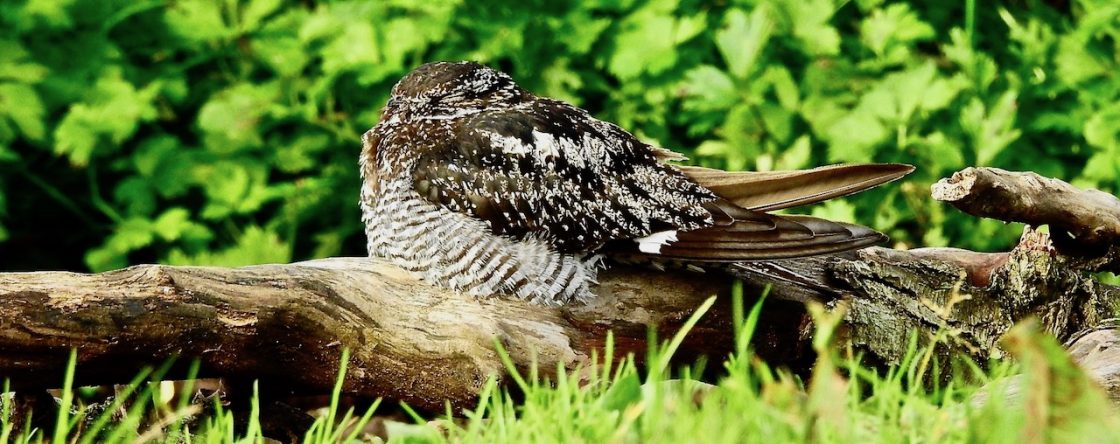Even by the standards of sneaky Dusky Warblers worldwide, the wintering Ainsdale bird is one skulky little weasel.
Since Andy Spottiswood nailed it in November I’ve heard the bird a handful of times and had rubbish flight views.
I must thank Jack Taylor for letting me use his great pictures of this most elusive of birds on the blog, taken during an encounter he enjoyed about a fortnight ago.
I was working on Ainsdale LNR this afternoon so I decided to stroll over to the National Nature Reserve for another go at it.
I concentrated on the area west of the Pinfold Path just outside the eastern boundary of the reserve’s grazing enclosure from 3pm to 3.50pm.
The warbler is favouring this area at the moment (however it can be highly mobile, popping up along the northern and western edges of the enclosure too this winter), and after 15 minutes of silence I heard it calling.
After another five minutes it emerged from the Creeping Willow to shimmy through briars giving me great, if brief views, then with the very height of disdain, it disappeared again.
The area is not that hard to find – just look for the big red circle with the giant white lollipop in, but it is seriously flooded – think Grimpen Mire with fewer slavering hounds (although not by much) and don’t forget your wellies.
The Dusky is a master of invisibility of course, given away only when it calls, but those hard irritated “tack-tack-tacks” don’t last long.
It only got vocal four times while I was there today and I had three views.
Occasionally the warbler emerges from the Creeping Willow to flick through the bare branches of isolated Hawthorns and that’s when you get a glimpse, but you have to be fast before it drops out of sight again.
It is pointless chasing the bird as it will go to ground (and there is a lot of cover to hide a lowdown and dirty Dusky Warbler here).
Jack did very well to get these images – thanks again.
Seven Teal were whistling away from the large flooded slack over the fence and a Water Rail squealed briefly while I was there.
Wrens, Reed Bunts, Buzzard, Grey Wagtail, six Fieldfare and a Redwing too.
When the Woodpigeons started bombing across the dunes and into the pine belt to roost I headed home.



















